Resilient PNT: Assured Positioning System
Assured Positioning System (APS) provides positioning, navigation and timing information in environments where GPS or other GNSS is unavailable or unreliable. APS derives location information from ordinary communications signals transmitted from low-Earth-orbit (LEO) satellites. These signals-of-opportunity (SoOP) are not special position/navigation signals and are not subject to GPS/GNSS jamming or spoofing. For dismount applications, SoOP technology can be combined with IMU and barometric sensor inputs. In addition, APS is provided as a plug-in to the Android Team Awareness Kit (ATAK) residing on a user smartphone.
What is Assured Positioning, Navigation and Timing (PNT)?
Assured positioning, navigation and timing is a broad phrase that implies GPS is unreliable and uses other technologies to provide position, navigation and timing data.
PNT: Positioned For Accuracy
- Independent backup and/or complement to GPS/GNSS
- Unaffected by GPS/GNSS jamming and spoofing
- Leverages Non-GPS/GNSS satellite signals of opportunity
- Military and commercial applications
- Dismount, mounted, guidance
- Hosted application for ER310 SDR; our multi-mission handheld software defined radio
Integrated Sensing From Multiple Inputs
Non-GNSS Satellite Communications Signals
- LEO commercial satellite communications transmissions
Terrestrial Signals of Opportunity (SoOP)
- Commercial broadcasting
- Mobile networks
- Sources are unaffected by GPS/GNSS jamming & spoofing
NavWeather
- Provides spectrum sensing and alarms on interference or jamming
IMU & Barometric Sensors
From Our Experts: How Assured Positioning System Could Help Avoid Threats to GPS Receivers
Where Can APS Be Deployed?
Peanut Software-Defined Radio
Our low-SWaP-C, Peanut SDR combines high performance, compact size, and low-cost in a versatile package to support a variety of complex RF applications. Peanut provides a cost-effective, efficient platform whose use cases can extend from body-wearable solutions to small-UAS applications, alternative PNT (Positioning, Navigation, and Time) and expendable mission support devices. Peanut is available as an OEM single-board circuit card or in an IP67-rated enclosure and is designed to support both DoD and commercial use models.
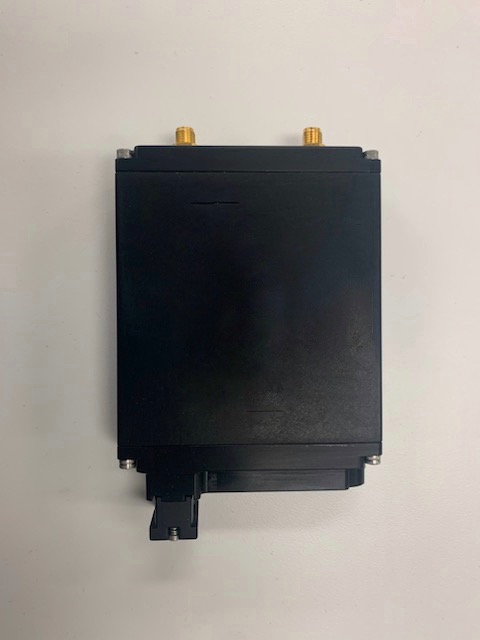
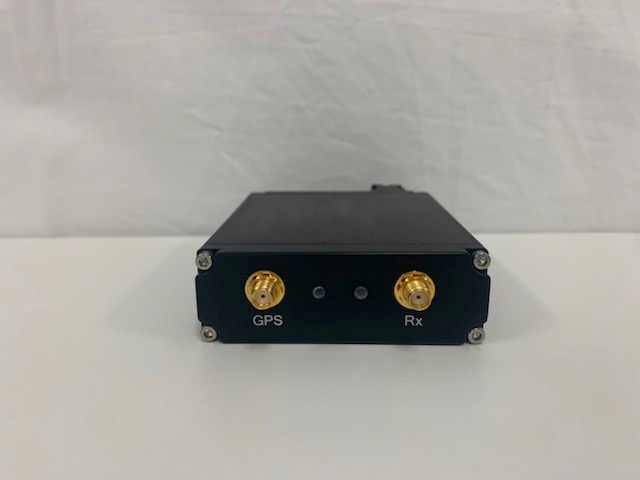
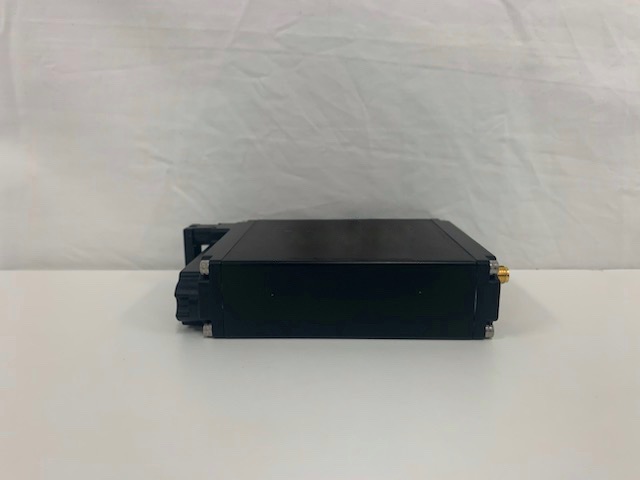
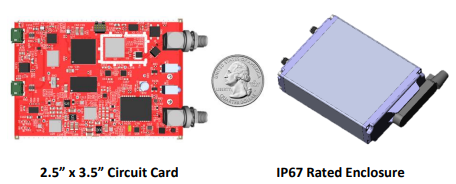
Peanut’s architecture dramatically minimizes the development cycle of even the most complex signal processing algorithms by reducing FPGA programming requirements and relying instead on accelerated general purpose multi-core ARM processors.
Peanut provides the processing power and I/O support required for complex RF tasks such as the following:
- Alternate PNT (non-GPS/GNSS)
- RF situational awareness
- RF emitter geolocation/tracking
- Tactical edge applications
- Passive communications receiver
- Precision timing backup for electrical grids, financial and comms networks, etc.
ER310 Software-Defined Radio
In addition, APS can be implemented on ER310. ER310 is our flexible, high-performance, handheld platform designed to host and execute challenging RF applications with demanding real-time processing and communications requirements. ER310 supports a wide scope of missions, including assured PNT (Positioning, Navigation and Timing).
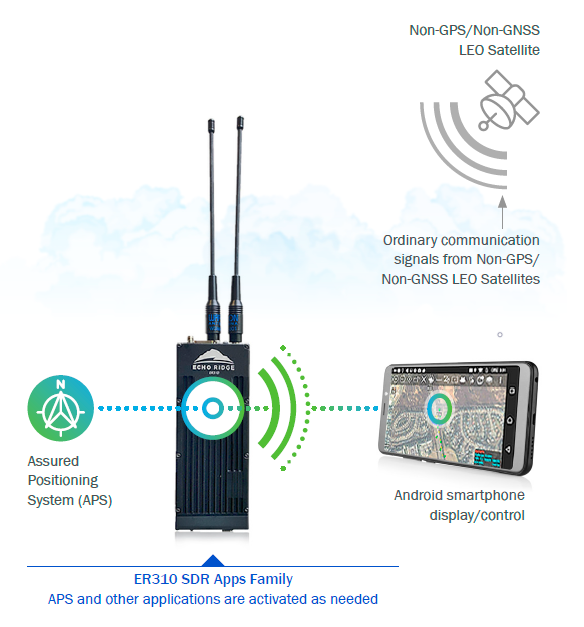
*Parsons complies with all applicable Trade Compliance regulations. Some of Parsons products may require an authorization from the U.S. Government before they are exported.
Related Products
WISP ↗
The Wireless Instrumented Streaming Platform (WISP) is a portable, remotely controlled wideband RF data capture and analysis tool.
TEMS ↗
Tactical Edge Electro-Magnetic Sensor (TEMS) is a real time, situational awareness plugin for Android Team Awareness Kit (ATAK).
DYSE ↗
The Dynamic Spectrum Environment Emulator (DYSE) is a test asset that emulates realistic RF environments.